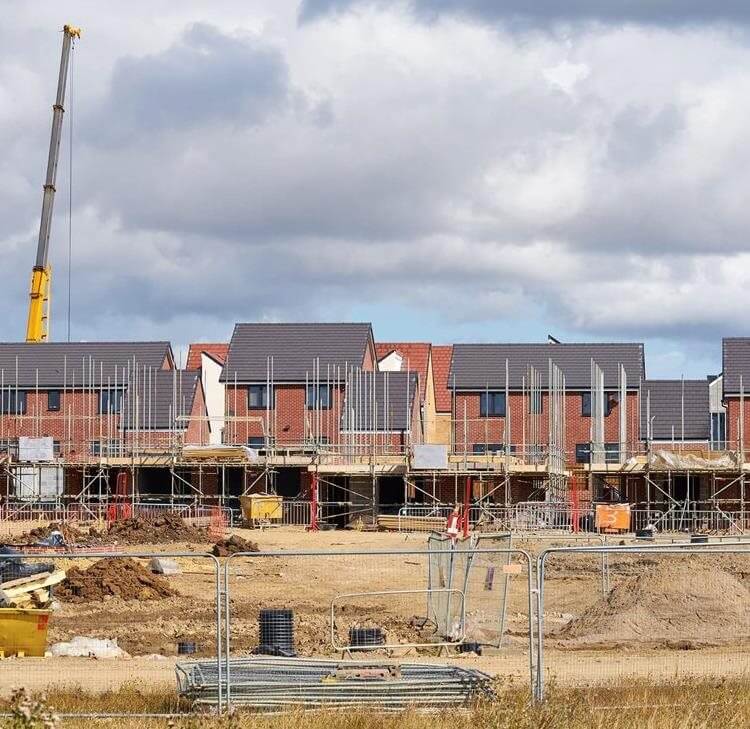Capitol Park Leeds Plc and another v Global Radio Services Ltd [2021] EWCA Civ 995
A tenant who handed back an empty shell of a building had complied with a condition of its break option to give vacant possession of the property.
A tenant who handed back an empty shell of a building had complied with a condition of its break option to give vacant possession of the property.
Facts
The defendant (G) was the current tenant under a lease that ran for 24 years from 12 November 2001 (having taken an assignment of the lease in June 2014). It had an option to break the lease on 12 November 2017 on condition (amongst other things) that it delivered vacant possession of the property to the landlord (C). The ‘Premises’ were defined in the lease as including:
“all fixtures and fittings at the Premises whenever fixed, except those which are generally regarded as tenant’s or trade fixtures and fittings, and all additions and improvements made to the Premises…”.
Having exercised its break option, G started dilapidations work and stripped out significant elements of the base build and landlord’s fixtures in the property (including radiators, lighting, pipework, ceiling grids and tiles and floor finishes). It stopped work in the hope of negotiating a settlement and surrender with C and when the parties failed to reach an agreement, G returned the keys to C and left its work unfinished at the break date.
The High Court decided that G had not given vacant possession of the property. It had handed back an empty shell of a building which was dysfunctional and unoccupiable and had given back to C considerably less than the ‘Premises’ (as defined above).
Issue
Had G delivered vacant possession of the property on the break date (as required by the terms of the break clause)?
Decision
Vacant possession requires a property to be returned free of people, chattels (which substantially prevent or interfere with the enjoyment of the right of possession of a substantial part of the property) and legal interests. It is not concerned with physical condition (it was telling here that, unlike some other break clauses, the break clause was not conditional on G performing any covenants in the lease).
In this context, ‘Premises’ refers just to the property as it was from time to time and extends to those fixtures and fittings at the property at the relevant time (i.e. the break date).
Vacant possession had therefore been given by G.
Points to note/consider
- Tenants will be relieved by this decision. It reinstates conventional wisdom as to the meaning of vacant possession (i.e. that whilst you can fail to deliver vacant possession by leaving too much in a property, you cannot fail to do so by leaving too little). Had the High Court decision stood, tenants in a similar position to G would at times have been faced with a difficult (if not impossible) balancing act when seeking to exercise a break option (ensuring that they had removed not too much and not too little).
- In recent years, tenants have largely been on the wrong end of litigation on break clauses, largely because conditions prescribed in a break clause must be strictly complied with. However, as Lord Justice Newey acknowledged in this case, that does not necessarily mean that a clause must always been construed adversely to the tenant or interpreted so as to favour the landlord.
- Lord Justice Newey was also keen to stress that this decision does not mean that tenants in a similar position to G would necessarily get away scot-free. A landlord can still claim damages against its tenant if the tenant’s conduct puts it in breach of the lease covenants (e.g. the repairing or yielding up covenant), even if the landlord may not be able to use that conduct to prevent the tenant successfully exercising its break option.
Contact

David Harris
Professional Development Lawyer
david.harris@brownejacobson.com
+44 (0)115 934 2019








































